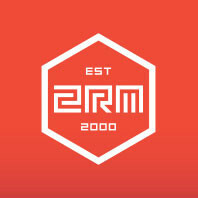
Modern marketers face many challenges in today’s industry landscape. Our world has become highly complex due to evolving buyer behavior, data overload, channel fragmentation, and numerous advertising and marketing technologies. This complexity can make it difficult to determine how to allocate your limited resources during annual planning. In these moments, a marketer’s best friend is a well-articulated strategy.
Just as a blueprint provides architects and builders with a clear path for constructing a building, a marketing strategy is a similar guide in our industry. It helps ensure that the activities defined in your annual plan are purposeful, aligned, and building toward the right business outcomes.


 By Two Rivers Marketing
By Two Rivers Marketing By Patrick McGill
By Patrick McGill